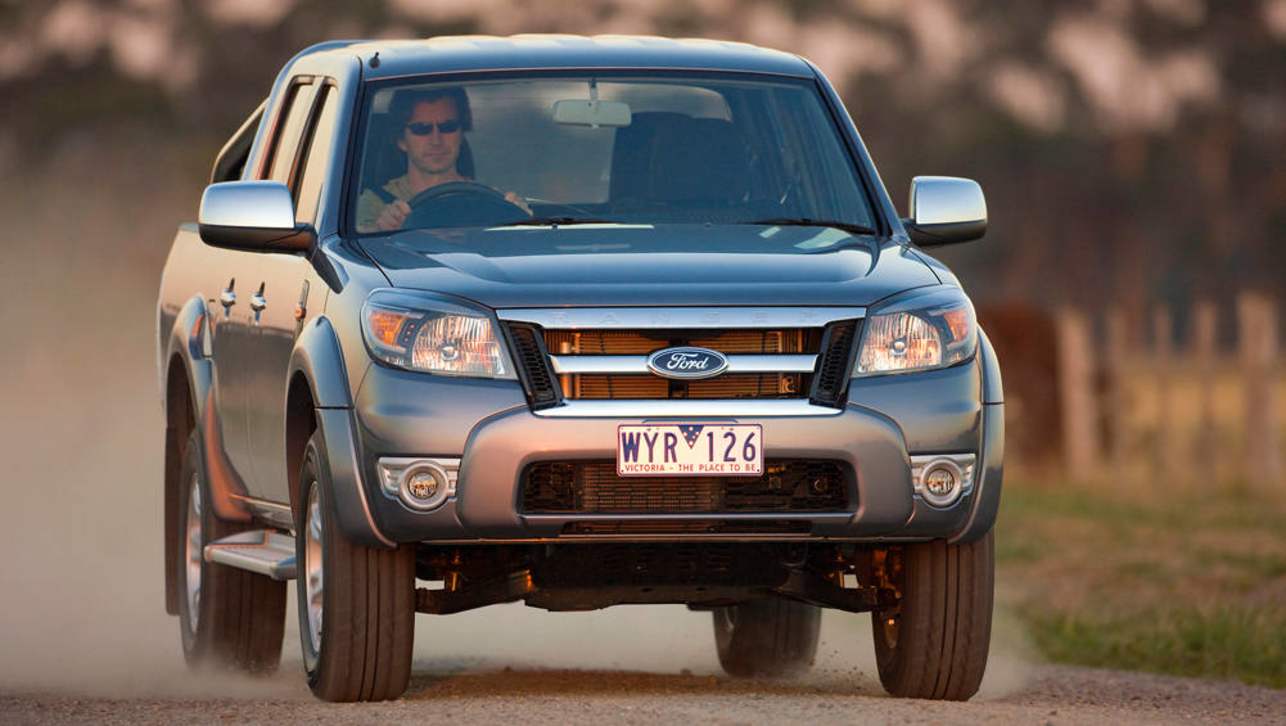Tesla spokeswoman Liz Jarvis-Shean said the fire on Tuesday was caused by a large metallic object hitting one of the battery pack's modules in the pricey Model S. The fire was contained to a small section at the front of the vehicle, she said, and no one was injured.
Shares fell 6 per cent on Wednesday as video of the fire surfaced. The shares were down $US8.75 ($9.31), or 4.8 per cent, to $US172.20 ($183.17) in afternoon trading on Thursday. At that price, Tesla's market value has dropped about $US2.5 billion ($2.66 billion) in the past two days.
Still, if an investor purchased a share of Tesla at $US35 ($37.23) on January 2, they're sitting on a gain of more than 400 per cent for the year. Deutsche Bank analyst Rod Lache told investors Thursday that he views the fire as an isolated incident and still expects Tesla shares to reach $US200 ($212.74).
The liquid-cooled 85 kilowatt-hour battery in the Tesla Model S is mounted below the passenger compartment floor and uses lithium-ion chemistry similar to the batteries in laptop computers and mobile phones. Investors and companies have been particularly sensitive to the batteries' fire risks, especially given issues in recent years involving the Chevrolet Volt plug-in hybrid car and Boeing's new 787 plane.
In an incident report released under Washington state's public records law, firefighters wrote that they appeared to have Tuesday's fire under control, but the flames reignited. Crews found that water seemed to intensify the fire, so they began using a dry chemical extinguisher.
After dismantling the front end of the vehicle and puncturing holes in the battery pack, responders used a circular saw to cut an access hole in the front section to apply water to the battery, according to documents. Only then was the fire extinguished.
The incident happened as the Tesla's driver was travelling southbound on state Route 167 through the Seattle suburb of Kent, said Trooper Chris Webb of the Washington State Patrol. The driver said he believed he had struck some metal debris on the freeway, so he exited the highway and the vehicle became disabled.
The driver, who did not return a phone call seeking comment, told authorities he began to smell something burning and then the vehicle caught fire. Firefighters arrived within 3 minutes of the first call. It's not clear from records how long the firefighting lasted, but crews remained on scene for 2 1/2 hours.
Tesla said the flames were contained to the front of the $US70,000 ($74,460) vehicle due to its design and construction. "This was not a spontaneous event," Ms Jarvis-Shean said. "Every indication we have at this point is that the fire was a result of the collision and the damage sustained through that."
There was too much damage from the fire to see what damage debris may have caused, Mr Webb said. The automobile website Jalopnik posted photos of the blaze that it says were taken by a reader, along with a video.
Shares of Palo Alto, California-based Tesla have risen more than 400 per cent this year. But some investors likely were alarmed that the fire could be an indication of a flaw in the company's battery packs, and Tesla shares fell $US12.05 ($12.82) to $US180.95 ($192.48) on Wednesday. That was still enough to lower Tesla's market value by $US600 million ($638.23m) to just under $US22 billion ($23.4b).
Also contributing to the stock's decline was a rare analyst downgrade. R.W. Baird analyst Ben Kallo cut his rating on the stock from "Outperform" to "Neutral," telling investors that while he's still bullish on Tesla's long-term prospects, the company has "significant milestones" during the next 18 months that come with risk.
The company's battery system and the Model S itself have received rave reviews, including a top crash-test score from the National Highway Traffic Safety Administration and a tie for the highest auto rating ever recorded by Consumer Reports magazine.
But lithium-ion batteries have raised concerns in other vehicles. Two years ago, battery fires broke out in three Chevrolet Volt plug-in hybrid cars after crash-testing, but NHTSA investigators determined that the Volt was no more risky than vehicles with conventional gasoline engines.
Officials from General Motors and the government believed the fires were caused by coolant leaking from damaged plastic casing around the batteries after side-impact test crashes. At the time, they said there were no real-world fires in any Volts.
Still, the fires tarnished the Volt's reputation and cut into sales. Recently, though, sales have recovered. Sales are up about 3 per cent this year, with GM selling about 17,000 Volts through September.
Earlier this year, Boeing Co.'s worldwide fleet of 787s was grounded because lithium-ion batteries overheated or caught fire. Flights resumed four months later after a revamped battery system was installed.
Under normal circumstances, investigators from NHTSA, the government's auto safety watchdog, would travel to Washington state to investigate the Tesla crash. But with the partial government shutdown, NHTSA's field investigations have been suspended.





.jpg)
.jpg)



.jpg)
.jpg)


























.jpg)


.jpg)













Comments